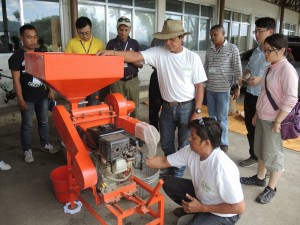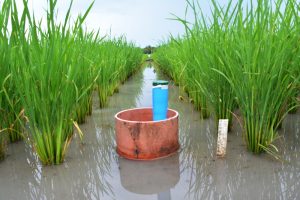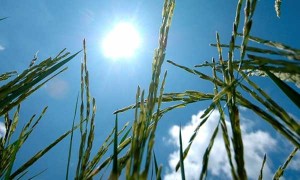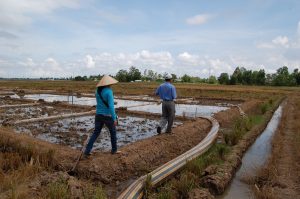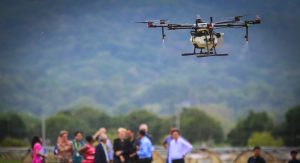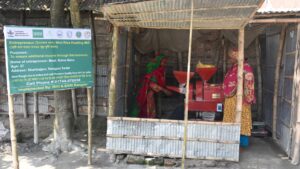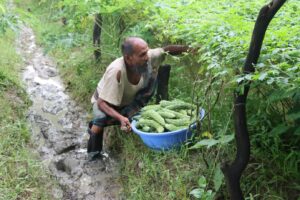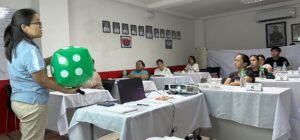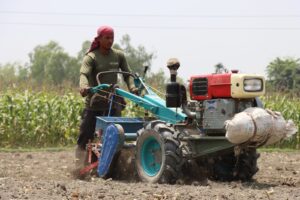The Japanese government has turned to digital farming. as it aims to build a more cohesive and sustainable food programme.
Digital agriculture includes use of sensors, communication networks, unmanned aerial vehicles, artificial intelligence, robotics, and other parts of the IoT for data analytics, management, processing, decision-making, and implementation.
Digital agriculture is stll at the early stages in Japan but early initiatives suggest it offers a promising future for a sustainable agriculture
Read the full story at Lombard Odier
More on digital farming and smart agriculture:
Digital agriculture and pathways out of poverty: the need for appropriate design, targeting, and scaling
For digital agriculture to deliver on its promise of increasing farmers’ yields and incomes, it is critical to design interventions that consider the target populations’ needs and constraints and to assess whether a digital technology solution is appropriate.
Technology Solutions to Accelerate Impact
IRRI develops and maintains digital tools and databases designed to support the scientific research and practical farm management needs of all rice sector actors.
Smart Rice Postharvest and Mechanization Machinery Management: EasyHarvest
EasyHarvest is a digital tool developed by IRRI to provide better access to harvester services and enable optimized agricultural machinery scheduling. Its efficient use promotes higher overall income for farmers and contractors, increased sustainability of rice production, reduction of hazardous labor and the increase in smart farming practices, leading to an improved rice value chain.

